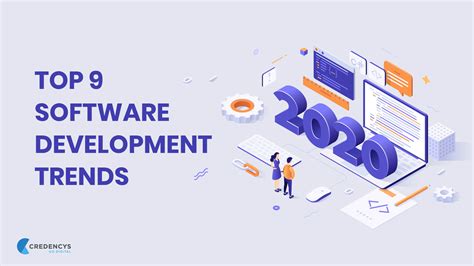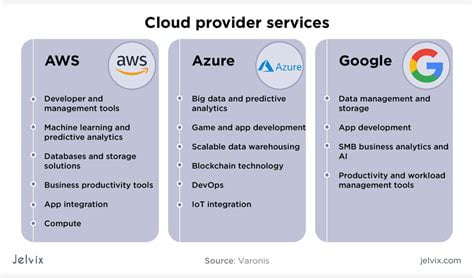What are the 4Vs of big data? This is a common question among individuals who are interested in data science, analytics, and big data. The 4Vs refer to the four characteristics that define big data. In this article, we will explore each of these Vs in detail.
The first V is volume. It refers to the vast amount of data that is generated every day. The amount of data that is being generated is so massive that traditional data processing tools are unable to handle it. Big data requires specialized tools and technologies to store, process, and analyze the data. Volume is not just about the size of the data but also about the complexity and variety of data sources.
The second V is velocity. It refers to the speed at which data is generated and must be processed. Big data is generated in real-time and needs to be processed quickly to extract insights and value. Velocity is an essential characteristic of big data because it enables decision-makers to take action based on real-time data.
The third V is variety. It refers to the different types of data that are generated. Big data comes from a variety of sources, including social media, sensors, emails, videos, and more. The variety of data sources makes it challenging to process and analyze the data. It requires specialized tools and technologies to handle the different types of data.
The fourth V is veracity. It refers to the accuracy and quality of the data. With big data, there is a lot of noise and errors in the data. It is essential to ensure that the data is accurate and of high quality before making decisions based on it. Veracity is an essential characteristic of big data because it ensures that the insights derived from the data are reliable.
FAQ
What is big data?
Big data refers to the massive amount of data that is generated every day. It is characterized by volume, velocity, variety, and veracity.
What are the benefits of working with big data?
Working with big data provides organizations with valuable insights that can be used to improve decision-making, increase efficiency, and reduce costs.
What are some of the challenges of working with big data?
Some of the challenges of working with big data include data quality, complexity, security, and privacy concerns.
What are some of the tools used to work with big data?
Some of the tools used to work with big data include Hadoop, Spark, NoSQL databases, and data visualization tools.
How is big data used in industries?
Big data is used in industries such as finance, healthcare, retail, and manufacturing to improve decision-making, increase efficiency, and reduce costs.
What skills are required to work with big data?
Skills required to work with big data include data analysis, programming, statistics, and machine learning.
What is the future of big data?
The future of big data is expected to be more advanced and sophisticated. The use of artificial intelligence, machine learning, and predictive analytics is expected to increase.
How can I learn more about big data?
You can learn more about big data by taking online courses, attending training programs, and reading books and articles on the subject.
Pros
Working with big data provides organizations with valuable insights that can be used to improve decision-making, increase efficiency, and reduce costs. It also enables real-time data processing, which is critical in today’s fast-paced business environment.
Tips
To work with big data effectively, it is essential to have a solid understanding of data analysis, programming, statistics, and machine learning. It is also crucial to use specialized tools and technologies that can handle the volume, velocity, variety, and veracity of big data.
Summary
The 4Vs of big data refer to volume, velocity, variety, and veracity. These characteristics define big data and require specialized tools and technologies to handle the vast amount of data that is generated every day. Working with big data provides organizations with valuable insights that can be used to improve decision-making, increase efficiency, and reduce costs.
 Eltupe Technology And Software Updates
Eltupe Technology And Software Updates



